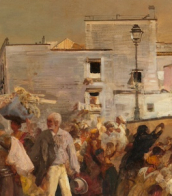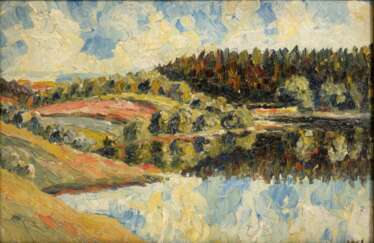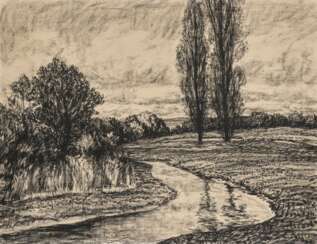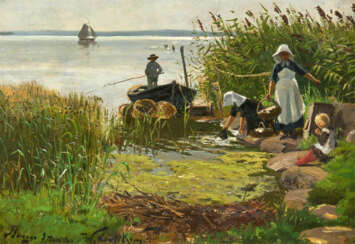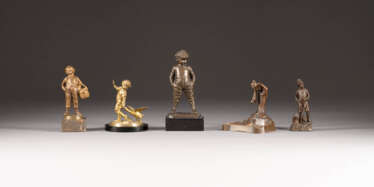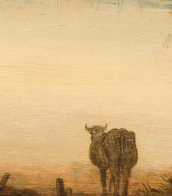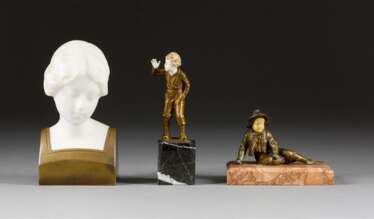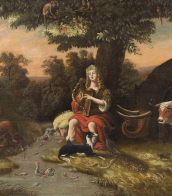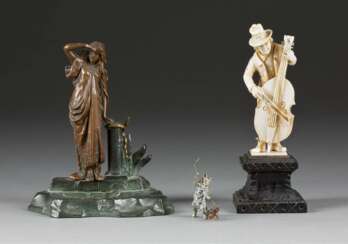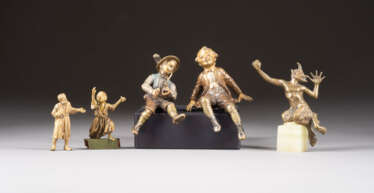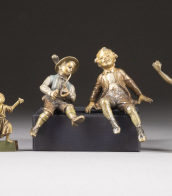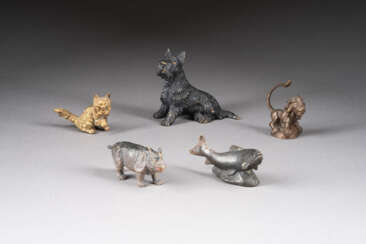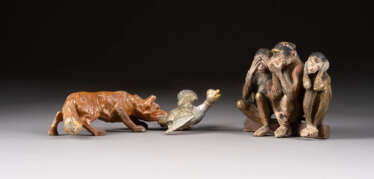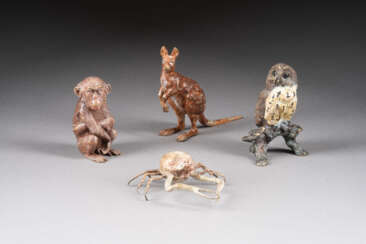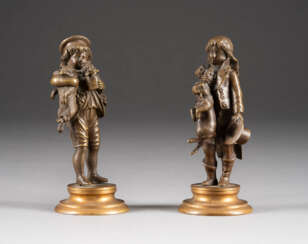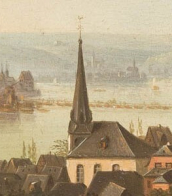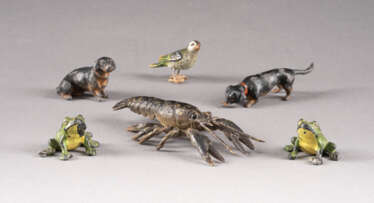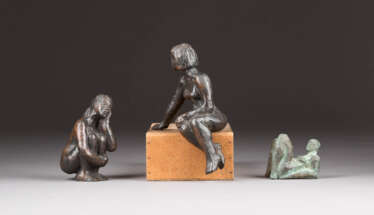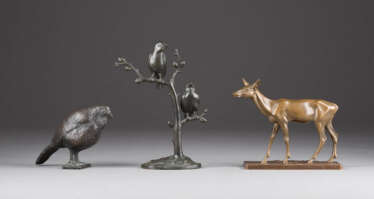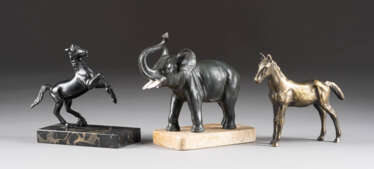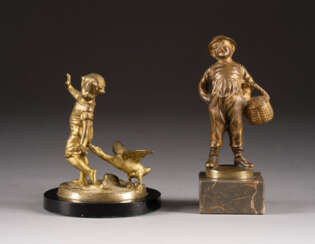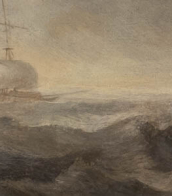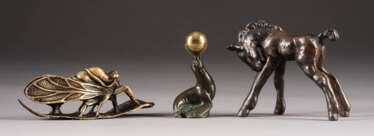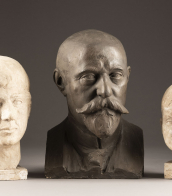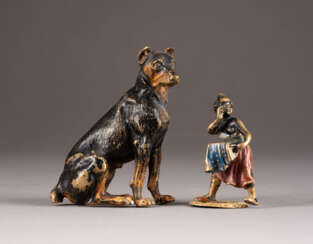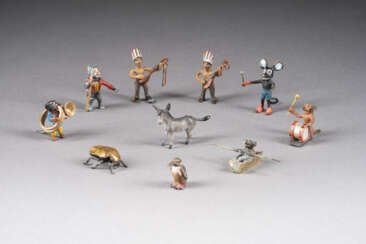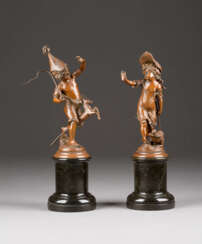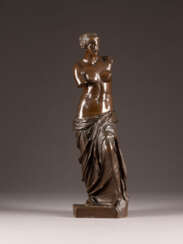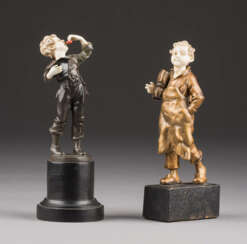stik
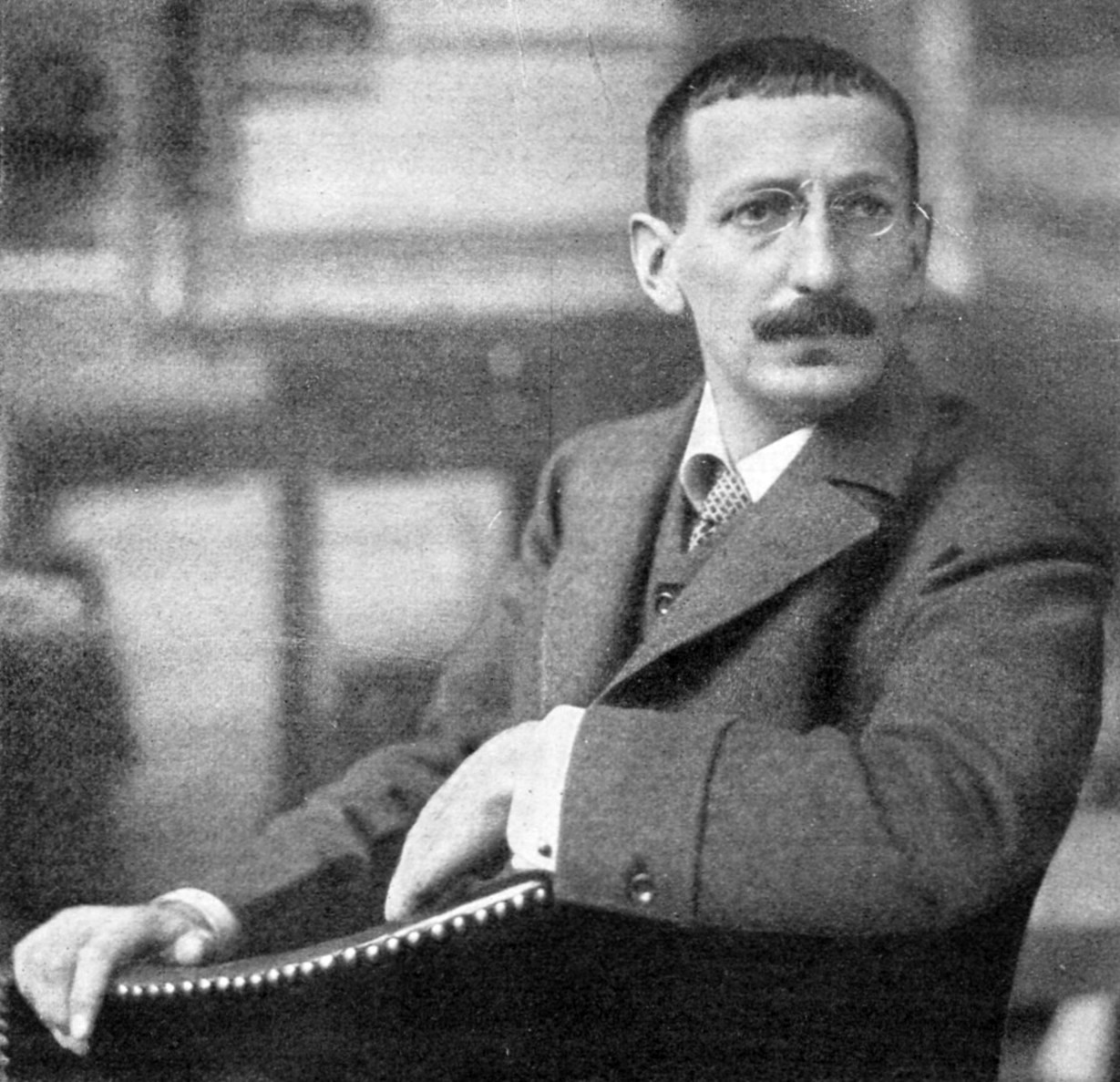
Walter Leistikow was a German painter of the late nineteenth and early twentieth centuries. He is known as a landscape painter, graphic artist, designer and art historian, a representative of the Jugendstil.
Early in his career Leistikow was one of the founders of the art group "Association of Eleven", which advocated modern art, rejecting academism. His landscapes, inspired by the Barbizon School, evolved toward simplification, sometimes with Art Nouveau influences. The artist sought to stylize landscapes, eschewing excessive detail in favor of silhouettes and blurred lines.
He also designed furniture, carpets and wallpaper, and in 1902 created trading cards for the Stollwerck chocolate company.
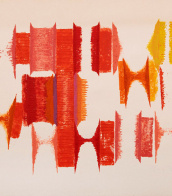

Walter Leistikow was a German painter of the late nineteenth and early twentieth centuries. He is known as a landscape painter, graphic artist, designer and art historian, a representative of the Jugendstil.
Early in his career Leistikow was one of the founders of the art group "Association of Eleven", which advocated modern art, rejecting academism. His landscapes, inspired by the Barbizon School, evolved toward simplification, sometimes with Art Nouveau influences. The artist sought to stylize landscapes, eschewing excessive detail in favor of silhouettes and blurred lines.
He also designed furniture, carpets and wallpaper, and in 1902 created trading cards for the Stollwerck chocolate company.
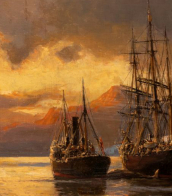

Walter Leistikow was a German painter of the late nineteenth and early twentieth centuries. He is known as a landscape painter, graphic artist, designer and art historian, a representative of the Jugendstil.
Early in his career Leistikow was one of the founders of the art group "Association of Eleven", which advocated modern art, rejecting academism. His landscapes, inspired by the Barbizon School, evolved toward simplification, sometimes with Art Nouveau influences. The artist sought to stylize landscapes, eschewing excessive detail in favor of silhouettes and blurred lines.
He also designed furniture, carpets and wallpaper, and in 1902 created trading cards for the Stollwerck chocolate company.
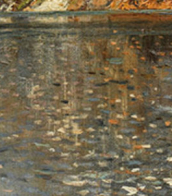

Walter Leistikow was a German painter of the late nineteenth and early twentieth centuries. He is known as a landscape painter, graphic artist, designer and art historian, a representative of the Jugendstil.
Early in his career Leistikow was one of the founders of the art group "Association of Eleven", which advocated modern art, rejecting academism. His landscapes, inspired by the Barbizon School, evolved toward simplification, sometimes with Art Nouveau influences. The artist sought to stylize landscapes, eschewing excessive detail in favor of silhouettes and blurred lines.
He also designed furniture, carpets and wallpaper, and in 1902 created trading cards for the Stollwerck chocolate company.
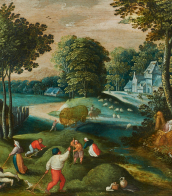

Walter Leistikow was a German painter of the late nineteenth and early twentieth centuries. He is known as a landscape painter, graphic artist, designer and art historian, a representative of the Jugendstil.
Early in his career Leistikow was one of the founders of the art group "Association of Eleven", which advocated modern art, rejecting academism. His landscapes, inspired by the Barbizon School, evolved toward simplification, sometimes with Art Nouveau influences. The artist sought to stylize landscapes, eschewing excessive detail in favor of silhouettes and blurred lines.
He also designed furniture, carpets and wallpaper, and in 1902 created trading cards for the Stollwerck chocolate company.
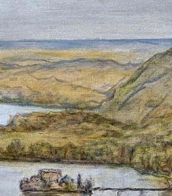

Walter Leistikow was a German painter of the late nineteenth and early twentieth centuries. He is known as a landscape painter, graphic artist, designer and art historian, a representative of the Jugendstil.
Early in his career Leistikow was one of the founders of the art group "Association of Eleven", which advocated modern art, rejecting academism. His landscapes, inspired by the Barbizon School, evolved toward simplification, sometimes with Art Nouveau influences. The artist sought to stylize landscapes, eschewing excessive detail in favor of silhouettes and blurred lines.
He also designed furniture, carpets and wallpaper, and in 1902 created trading cards for the Stollwerck chocolate company.
